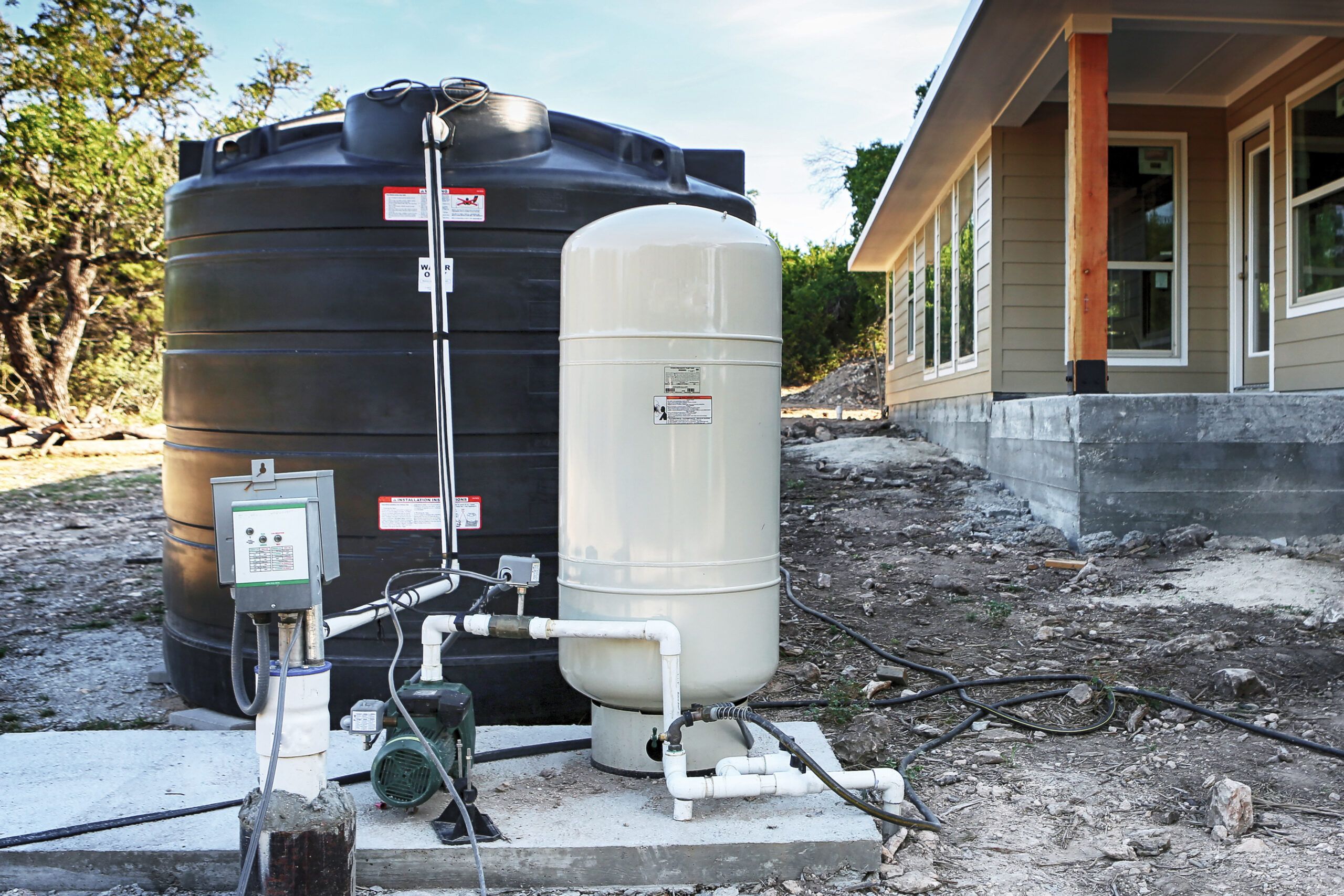Installing a water tank is a practical and effective solution for ensuring a reliable water supply for your home or business. Whether you’re looking to store rainwater, supplement your existing water supply, or ensure a backup during emergencies, understanding the installation process and considerations can help you make an informed decision. This guide provides essential information on water tank installation including types, benefits, the installation process, and maintenance tips.

Types of Water Tanks
**1. Above-Ground Tanks:
- Material: These tanks are typically made from plastic, fiberglass, or metal.
- Pros: Easier to install and maintain, more visible for regular inspections.
- Cons: Can be less aesthetically pleasing and might be more prone to damage from external factors.
**2. Underground Tanks:
- Material: Commonly made from concrete or reinforced plastic.
- Pros: Space-saving and less obtrusive, can maintain cooler water temperatures.
- Cons: More complex and expensive installation, potential for soil-related issues.
**3. Rainwater Harvesting Tanks:
- Material: Often made from durable plastic or metal.
- Pros: Eco-friendly and cost-effective for reducing water bills.
- Cons: Requires proper filtration and maintenance to ensure water quality.
**4. Pressure Tanks:
- Material: Usually made from steel or composite materials.
- Pros: Designed to maintain water pressure and supply consistency.
- Cons: May require additional components for proper operation.
Benefits of Installing a Water Tank
**1. Reliable Water Supply: A water tank ensures you have a steady supply of water, even during shortages or disruptions in your main supply.
**2. Cost Savings: Collecting and using rainwater can reduce your water bills, and having a tank as a backup can prevent costly emergency purchases.
**3. Water Conservation: Water tanks help in conserving water by capturing rainwater and reducing the demand on municipal sources.
**4. Emergency Preparedness: In areas prone to droughts or natural disasters, a water tank provides a crucial backup supply.
The Installation Process
**1. Planning and Permits:
- Site Assessment: Choose a suitable location for the tank, considering factors like accessibility, proximity to water sources, and local regulations.
- Permits: Check with local authorities for any necessary permits or regulations regarding water tank installation.
**2. Selecting the Tank:
- Size and Capacity: Determine the appropriate size based on your water needs and available space.
- Material and Type: Choose a material that suits your needs and environmental conditions.
**3. Site Preparation:
- Foundation: For above-ground tanks, ensure a level, stable foundation. For underground tanks, prepare a suitable excavation and base.
- Access: Ensure there is adequate access for installation and future maintenance.
**4. Installation:
- Above-Ground Installation: Position the tank on the prepared foundation and secure it according to the manufacturer’s instructions.
- Underground Installation: Place the tank in the excavation, backfill with appropriate material, and ensure proper sealing and support.
**5. Connecting the System:
- Plumbing Connections: Connect the tank to your water supply system, including any required pumps, filters, and valves.
- Testing: Test the system for leaks, proper pressure, and functionality.
**6. System Integration:
- Water Quality: Install filters or purifiers as needed to ensure water quality.
- Monitoring: Set up monitoring systems if necessary to track water levels and usage.
Maintenance Tips
**1. Regular Inspections: Inspect the tank and associated components regularly for signs of wear, leaks, or damage.
**2. Clean the Tank: Periodically clean the tank to prevent sediment build-up and maintain water quality.
**3. Check Filters and Valves: Ensure filters and valves are functioning correctly and replace them as needed.
**4. Monitor Water Levels: Keep track of water levels and ensure the tank is not overfilled or running low.
**5. Prevent Freezing: In colder climates, take measures to prevent water from freezing, such as insulating the tank or using heating elements.
Conclusion
Installing a water tank is a valuable investment for ensuring a reliable water supply, reducing costs, and contributing to water conservation. By understanding the types of tanks available, the installation process, and maintenance requirements, you can make an informed decision and enjoy the benefits of a well-installed water storage system. Whether for residential or commercial use, proper planning and professional installation will help ensure your water tank meets your needs and provides reliable service for years to come.

